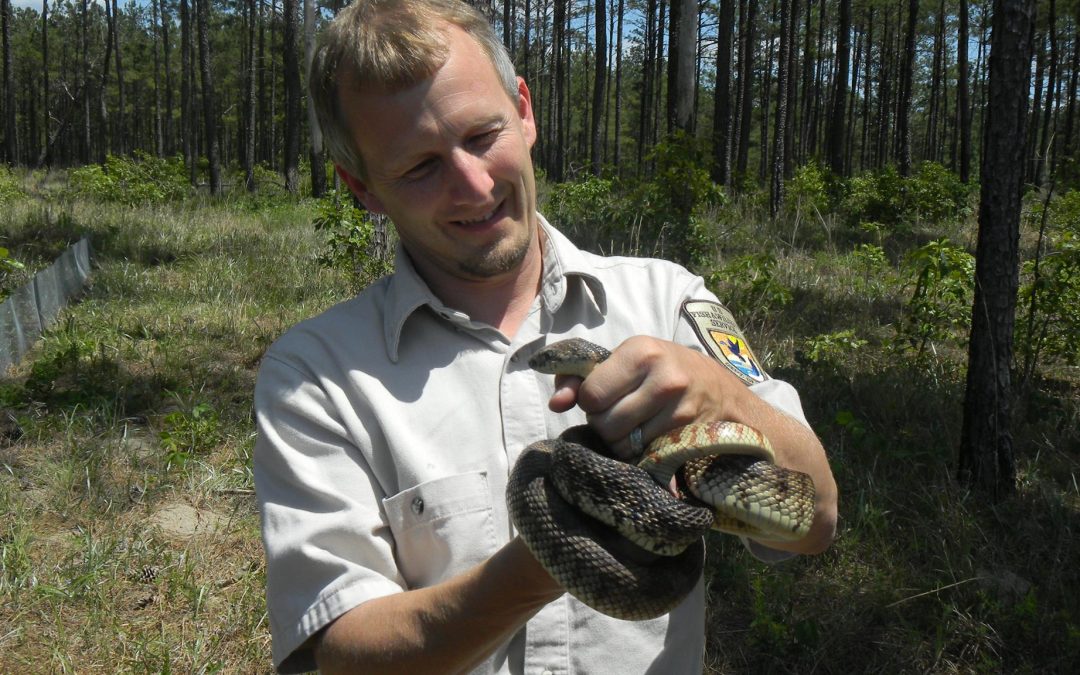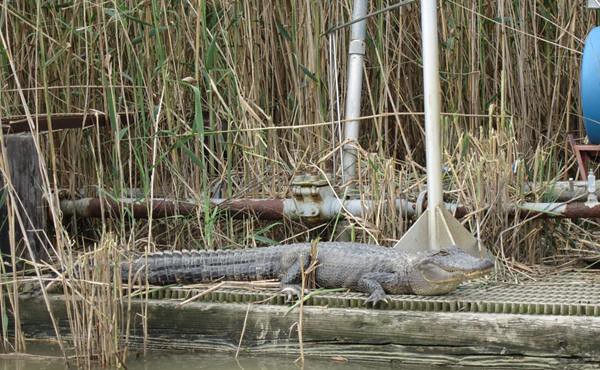Louisiana, a state renowned for its diverse landscapes from swamps and bayous to rolling hills and forests, is also home to vast areas managed by the Bureau of Land Management (BLM). Dive into this comprehensive guide to understand the significance, history, and recreational opportunities of BLM land in Louisiana.
Image by Bureau of Land Managemt via flickr
What is BLM Land?
BLM land encompasses vast areas of public land overseen by the Bureau of Land Management. Spread across the United States, these lands span over 245 million acres. Their management ensures a balance between public utility and environmental conservation.
BLM Land in Louisiana: A Snapshot
In Louisiana, BLM oversees more than 29,000 acres, predominantly in the northern region. These lands, rich in forests, wetlands, and grasslands, play a pivotal role in the state’s ecological balance and economic structure.
Interactive Map of BLM Lands in Louisiana
Explore the various BLM lands spread across the state, and get a visual representation of their locations.
Spotlight: Louisiana Pine Snake Habitat
The Louisiana Pine Snake, a species listed as threatened under the Endangered Species Act, finds sanctuary in BLM lands. Found exclusively in Louisiana and eastern Texas, efforts are in place to ensure its survival and contribution to the local ecosystem.
Recreational Opportunities
From hunting and fishing to camping, BLM lands in Louisiana offer a plethora of recreational activities. Open to the public, these lands invite visitors to immerse in their natural splendor. Additionally, permits are available for both commercial and personal land use, including grazing and timber harvesting.
A Glimpse into the Past: History of BLM Land in Louisiana
Since 1946, BLM has been at the forefront of managing Louisiana’s public lands. With a focus on multi-faceted uses like recreation, timber, and wildlife habitat, BLM has consistently collaborated with local communities to ensure beneficial land management.
Management and Partnerships
Through various programs and collaborations, BLM has forged partnerships with entities like the Louisiana Department of Wildlife and Fisheries. Together, they’ve crafted management plans, especially for the Louisiana Pine Snake habitat, balancing preservation with recreational activities.
Conservation Initiatives
From prescribed burns for vegetation management to controlling invasive species and promoting healthy forests, BLM’s conservation efforts ensure the land’s vitality for both the public and the environment.
Economic Significance
Beyond its ecological importance, BLM land in Louisiana bolsters the economy. Activities like grazing, timber harvesting, and mineral production generate revenue, benefiting both the state and local communities.
Conclusion
In conclusion, the BLM land in Louisiana is a vital part of the state’s environment and economy. These lands are managed by the Bureau of Land Management, which works to ensure that they are used in a way that benefits both the public and the environment. From providing habitat for endangered species to offering recreational opportunities for visitors, the BLM land in Louisiana plays an essential role in the state’s natural resources and economy.
FAQs
- Can anyone visit BLM land in Louisiana?
Yes, BLM land in Louisiana is open to the public for recreational use. - What kind of wildlife can be found on BLM land in Louisiana?
The BLM land in Louisiana provides habitat for a variety of wildlife species, including the Louisiana pine snake, the red-cockaded woodpecker, and the Louisiana black bear. - How does the BLM manage its land in Louisiana?
The BLM manages its land in Louisiana through partnerships with local communities, non-profit organizations, and other government agencies. The agency also works closely with stakeholders to develop management plans that ensure the lands are used in a way that benefits the public and the environment. - Can I hunt and fish on BLM land in Louisiana?
Yes, hunting and fishing are allowed on BLM land in Louisiana, but regulations and restrictions may apply. - How does the BLM contribute to Louisiana’s economy?
The BLM land in Louisiana supports grazing, timber harvesting, oil and gas development, and mineral production, which generate revenue for the state and local communities and support jobs in the natural resources sector. Additionally, the land provides recreational opportunities that support Louisiana’s tourism industry.
Resources
- BLM Louisiana State Office Description: Official website of the Bureau of Land Management’s Louisiana State Office, providing information on BLM-managed lands, programs, and activities in the state. URL: https://www.blm.gov/office/louisiana-state-office
- Louisiana Department of Wildlife and Fisheries Description: The official website of the Louisiana Department of Wildlife and Fisheries, responsible for managing and protecting the state’s wildlife resources and habitats. URL: https://www.wlf.louisiana.gov/
- Louisiana Pine Snake Recovery Plan Description: A comprehensive report on the Louisiana Pine Snake’s recovery plan, prepared by the U.S. Fish and Wildlife Service, detailing conservation efforts, habitat management, and partnerships. URL: https://ecos.fws.gov/docs/recovery_plan/Louisiana%20Pine%20Snake%20Final%20Recovery%20Plan.pdf
- Red-cockaded Woodpecker and Louisiana Black Bear in Louisiana Description: An article by the U.S. Fish and Wildlife Service discussing the habitat, conservation efforts, and status of the red-cockaded woodpecker and Louisiana black bear in Louisiana. URL: https://www.fws.gov/southeast/news/2021/04/blm-lands-in-louisiana-support-red-cockaded-woodpecker-and-louisiana-black-bear/
- Recreational Activities on BLM Land in Louisiana Description: A guide to recreational activities, including hunting, fishing, and camping, on BLM-managed lands in Louisiana, provided by the Bureau of Land Management. URL: https://www.blm.gov/programs/recreation/recreation-activities/louisiana
Featured image by U.S. Fish and Wildlife Service via flickr


